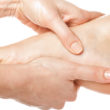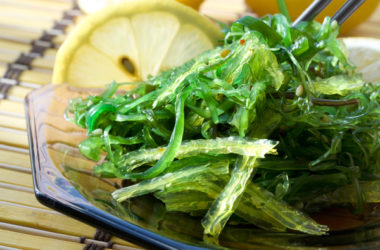Trigger finger is a condition affecting any of your hand digits or fingers. You can tell that you have it if there’s a locking or popping sensation when you close or extend the affected finger, just like when releasing a gun’s trigger. This condition is referred to in the medical world as stenosing tenosynovitis.
What Causes Trigger Finger?
Trigger finger is brought about by the local inflammation or irritation of the affected finger’s flexor tendons — tough cords responsible for pulling the finger inward and towards the palm of your hand. The longer the inflammation or irritation occurs, the more those tendons are at risk of scarring, something which can make trigger finger even worse.
Experts say that the cause of trigger finger is not always clear. However, they all agree that individuals who need to do a lot of repetitive gripping are highly susceptible to developing the condition. It’s also more likely to occur in women than in men, as well as in people suffering from diabetes. There are times when trigger finger is caused by a disease which involves the inflammation of the tissues of the hands, such as in the case of rheumatoid arthritis.
What are the Symptoms of Trigger Finger?
There are different trigger finger symptoms, and they can range anywhere from mild to severe. It’s possible for the various symptoms to be encountered in more than one finger as it’s not unlikely for trigger finger to affect different fingers at once.
A popping or clicking sensation may be noted each time you move the affected finger, whether you wish to straighten or bend it. Pain may be felt as well during movements. In the morning, it’s very likely for the affected joint to be stiff. It is possible for you to notice a small bump or nodule at the base of the affected finger. If the trigger finger is in a severe state, there’s a possibility for the affected finger to remain locked in a bent position.
What are the Treatments for Trigger Finger?
The treatment of choice for trigger finger depends on its duration as well as severity. A doctor may prescribe non-steroidal anti-inflammatory drugs (NSAIDs) to help deal with the pain and inflammation of the affected joint in the finger. Non-invasive treatments include resting and applying ice or heat on the affected area to attain relief from pain and swelling. Splinting may also be recommended for several weeks to allow the tendon to heal completely. Then a doctor may also recommend some simple exercises to maintain the affected finger’s mobility.
If none of the conservative treatment approaches mentioned above worked, a doctor may inject the affected area with steroids. There are times when percutaneous release (insertion of a needle into the tendon to deal with the constriction) and surgery may be recommended.
What are the Natural Remedies for Trigger Finger?
If you’re being bugged by trigger finger, there are a handful of effective home remedies that you may try. There are also some nutritional supplements that may be taken to help deal with the problem.
- Passive stretching of the affected finger. Stretching the problematic finger as well as the hand itself with the help of your other hand can help improve blood circulation and maintain the affected finger’s mobility. To do this passive stretching treatment, grab the trigger finger with your other hand and gently stretch it towards the ceiling. Hold it in such position for a few seconds, then release.
- Massaging the forearm muscles. Doing deep massages of the forearm muscles is said to be very beneficial for trigger finger. This all-natural approach may help reduce the pain and swelling in the affected finger by relieving muscular tension as well as improving blood circulation. Deep massages of the forearm muscles should be done daily for several weeks.
- Taking fish oil supplements or eating oily fish. Omega-3 fatty acids fish oil supplements are packed with help in relieving inflammation. These healthy fats also help in lubricating the joints as well as repairing damaged tissues in the area. Instead of taking fish oil supplements, you may also simply include oily fish in your everyday diet to get sufficient amounts of omega-3 fatty acids. Some of the best oily fishes to consume are sardines, tuna, mackerel, herring and trout.
- Apply aloe vera gel or drink aloe vera juice. Applying the gel found in an aloe vera leaf on the affected joint is known to provide relief from pain due to its potent anti-inflammatory properties. You may also simply drink aloe vera juice regularly to deal with painful and stiff joints brought about by trigger finger.













